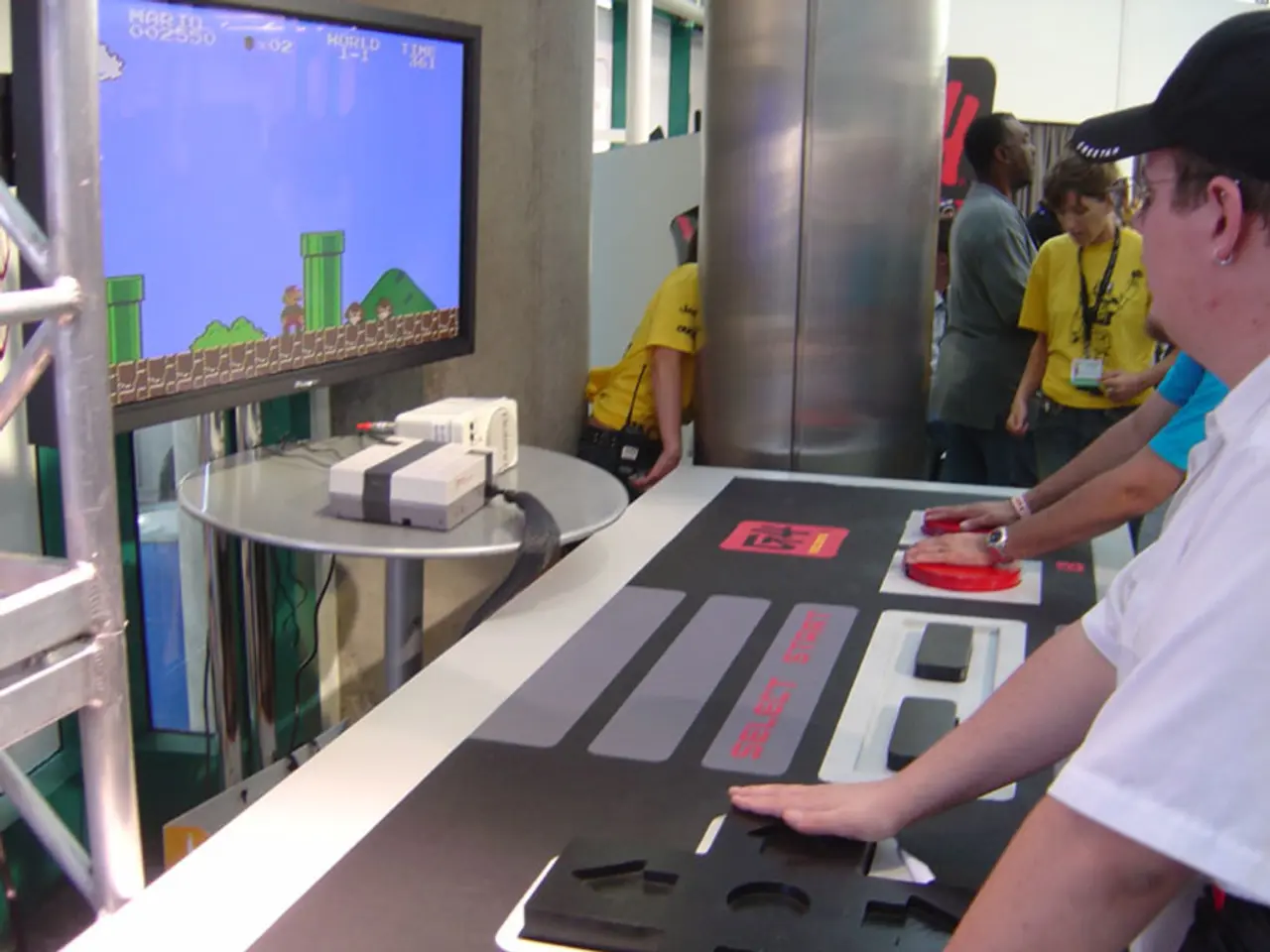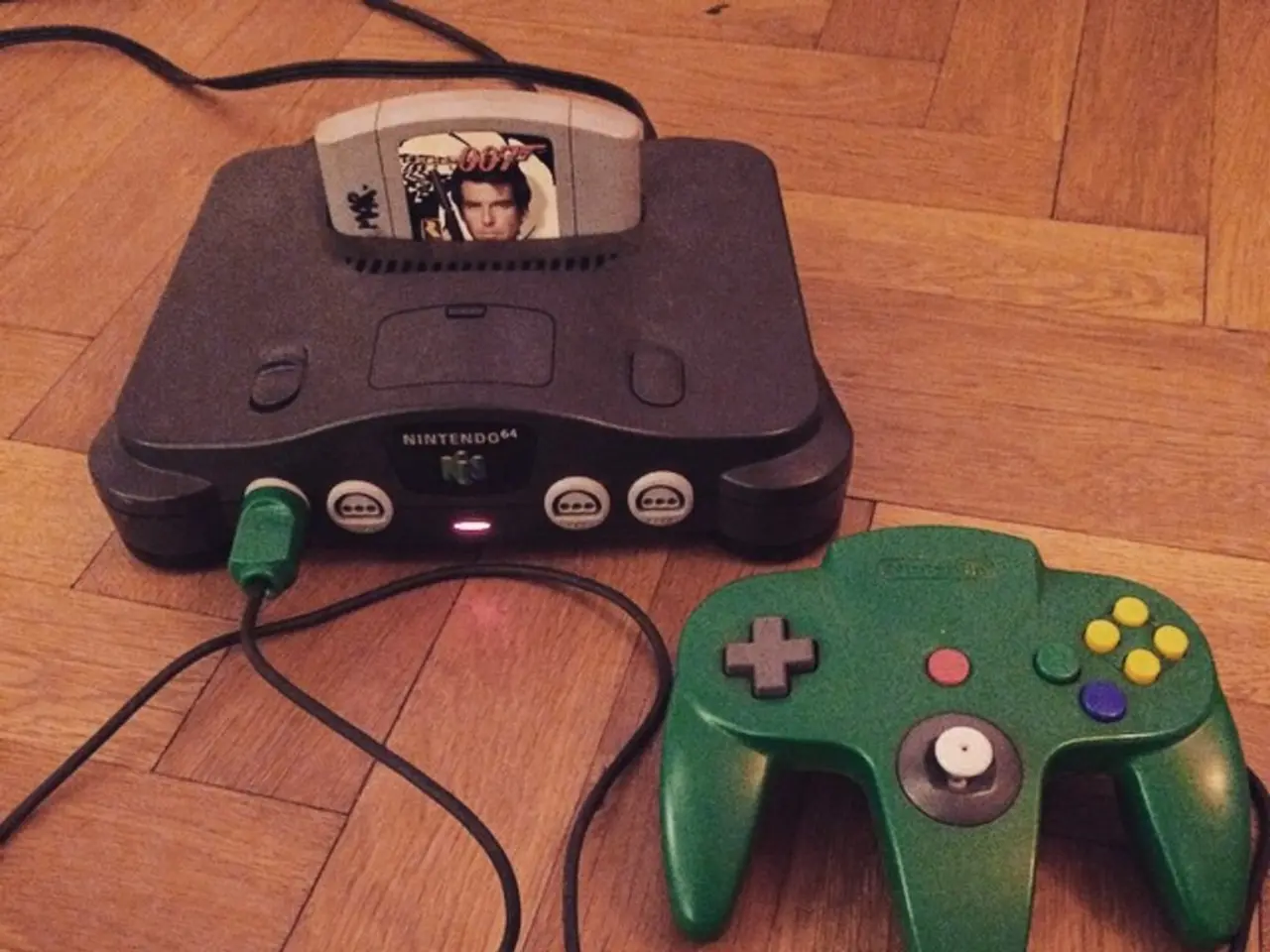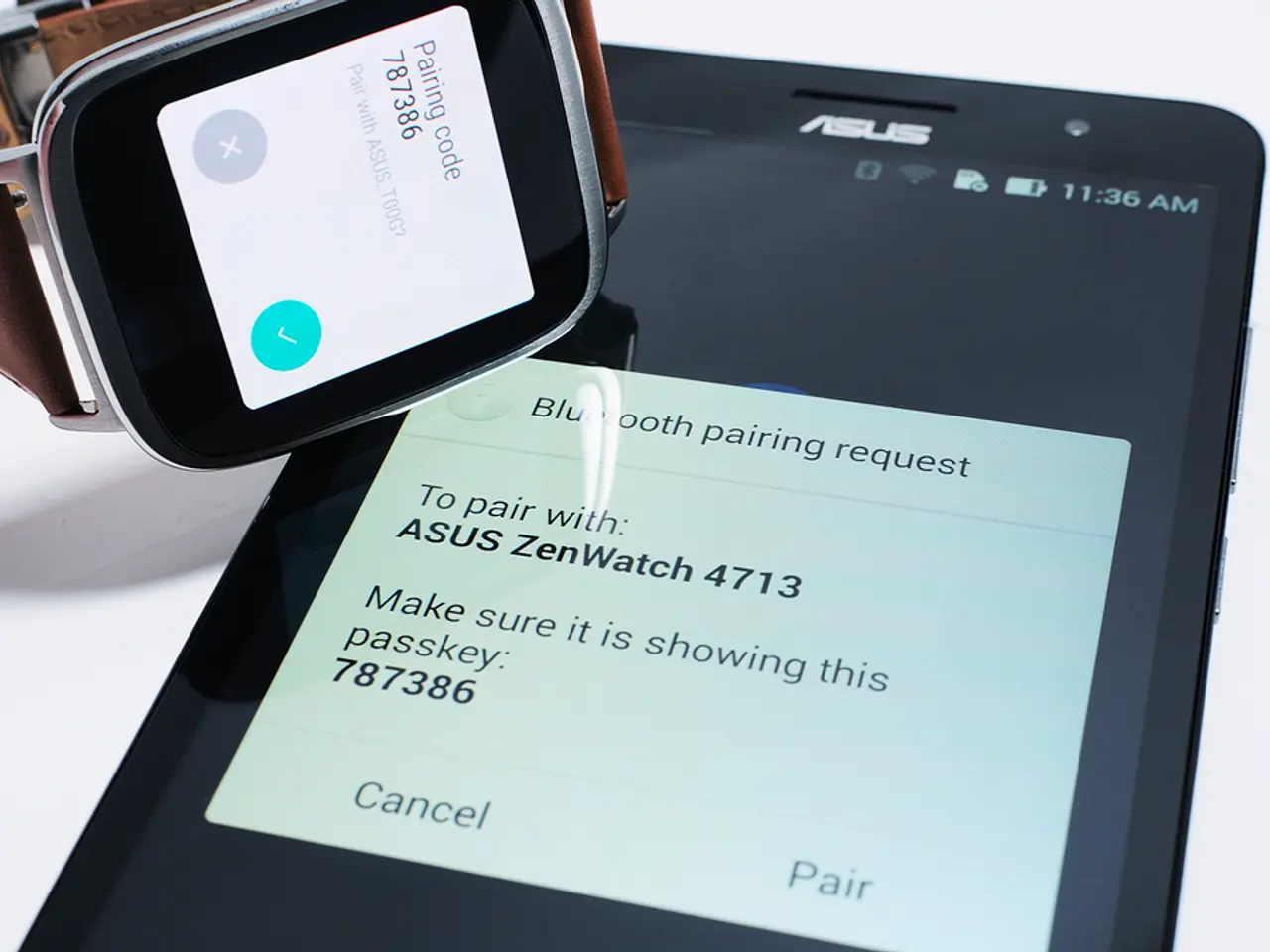Latest Update on ATSC 3.0 Rollouts: Where and When Can Next-Generation TV Services be Accessed? (As of January 23, 2025)
NextGen TV Deployment in the US Gains Momentum, but Consumer Adoption Lags
As of January 2025, the rollout of ATSC 3.0, also known as NextGen TV, in the United States is progressing steadily, with coverage expanding across the nation and significant industry momentum [1][2][3]. Approximately 80% of US TV markets already offer NextGen TV service, reaching about 75-80% of American households [1][4]. However, the adoption of compatible consumer devices such as TVs and set-top boxes is lagging, prompting major broadcasters and industry groups to call for regulatory action to accelerate deployment [2][4].
Coverage and Market Reach
Over 80 markets currently broadcast ATSC 3.0 alongside the older ATSC 1.0 standard. The goal is to achieve full deployment in the 55 largest markets by early 2028, increasing coverage to approximately 80% nationwide [1][4].
Regulatory Landscape
The transition to NextGen TV remains voluntary, with broadcaster coalitions from all 50 states backing a date-certain transition plan and a sunset for ATSC 1.0. They emphasize the need for FCC regulatory action to firm up schedules [2][4]. Meanwhile, some conservative groups oppose mandatory mandates, advocating for market-driven adoption given the current substantial coverage and availability [2][4].
Device and Ecosystem Development
Broadcasters and industry groups stress the importance of coordinated development cycles involving television manufacturers, chipset suppliers, and operating system developers to produce ATSC 3.0–compatible devices. Without clear signals and transition timelines from the FCC, manufacturers are hesitant to fully commit resources to ATSC 3.0, potentially causing delays in widespread consumer device availability [1].
Consumer Benefits and Features
NextGen TV offers advanced capabilities such as high dynamic range (HDR) with Dolby Vision, immersive Dolby Atmos audio, interactive applications, and functionality like program restart. These features are projected to reach 50-80 million US households by 2025, underscoring consumer value and industry support [1][5].
Industry Collaborations and Trials
Launches began with trial "lighthouse" stations from major broadcast groups like Nexstar and Sinclair. Partnerships with public broadcasters and educational institutions for ATSC 3.0 datacasting have emerged, expanding the ecosystem and use cases [3].
Consumer Devices and Availability
The ATSC predicts that more than 100 NextGen TV-capable products will be available to consumers in 2025. The starting price point for these products ranges between $600 and $700. The Consumer Technology Association estimates that 120 million NextGen TV sets will be sold by 2024, while Pearl TV estimates that over 14 million NextGen TV-capable devices will have shipped by the end of 2024 [6].
Brands offering these products include Sony, Samsung, Hisense, TCL, RCA, and Panasonic. Efforts are being made by major manufacturers and Kickstarters to make NextGen TV technology available for consumers [7].
Markets Capable of Broadcasting NextGen TV Signals
Several markets are capable of broadcasting ATSC 3.0/NextGen TV signals but require consumer devices to receive them. These include Burlington, Vt.-Plattsburgh, N.Y., Chattanooga, Tenn., Cleveland-Akron, Ohio, Davenport, Iowa-Rock Island-Moline, Ill., Memphis, Tenn., Providence, R.I.-New Bedford, Mass., among others [8].
For More Information
For more information, visit watchnextgentv.com. The ATSC has provided a complete list of the ATSC 3.0 deployment breakdown, and TV Tech's sister brand, Tom's Guide, has a list of recommended NextGen TV sets [9][10]. As of October 2024, 76% of the United States is within reach of an ATSC 3.0/NextGen TV signal [11]. There are approximately 75 models of NextGen TV-capable products available at retail [12].
ATSC 3.0/NextGen TV signals have been launched in numerous markets across the US, including Albuquerque-Santa Fe, N.M., Albany, N.Y., Atlanta, Austin, Texas, Baltimore, Birmingham, Ala., Boise, Idaho, Boston, Buffalo, N.Y., Champaign & Springfield-Decatur, Ill., Charlotte, N.C., Charleston, S.C., Chicago, Ill., Cincinnati, Ohio, Columbus, Ohio, Cookeville, Tenn., Dallas-Forth Worth, Texas, Dayton, Ohio, Denver, Des Moines, Iowa, Detroit, East Lansing, Mich., El Paso, Texas, Flint, Mich., Fresno-Visalia, Calif., Green Bay, Wisc., Greensboro, N.C., Greenville-Spartanburg-Asheville-Anderson, S.C., Grand Rapids-Kalamazoo, Mich., Harrisburg, Pa., Hartford, Conn., Houston, Indianapolis, Kansas City, Las Vegas, Louisville, Ky., Little Rock-Pine Bluff, Ark., Los Angeles, Miami, Fla., Minneapolis, Minn., Mobile, Ala.-Pensacola, Fla., Myrtle Beach-Florence, S.C., Nashville, Tenn., New Orleans, New York City, Norfolk-Portsmith-Newport News, Va., Oklahoma City, Omaha, Orlando-Daytona Beach-Melbourne, Fla., Philadelphia, Phoenix, Pittsburgh, Portland, Maine, Portland, Ore., Raleigh-Durham, N.C., Richmond-Petersburg, Va., Roanoke-Lynchburg, Va., Rochester, N.Y., Sacramento-Stockton-Modesto, Calif., Salt Lake City, San Antonio, San Diego, San Francisco, Santa Barbara-Santa Marie-San Luis Obispo, Calif., Seattle-Tacoma, Shreveport, La., South Bend, Ind., Springfield, Mo., Springfield-Holyoke, Mass., St. Louis, Mo., Syracuse, N.Y., Tallahassee, Fla., Tampa-St. Petersburg-Sarasota, Fla., Tucson, Ariz., Twin Falls, Idaho, Washington D.C., West Palm Beach, Fla., Wichita-Hutchinson [13].
- The ip of the FCC's website, where regulatory action related to NextGen TV deployment can be found, is crucial for broadcasters and industry groups seeking clear signals and transition timelines.
- Smart-home-devices and gadgets can enhance the user experience with NextGen TV, as interactivity and functionality like program restart are key features.
- Media content producers can benefit from the higher resolution offered by NextGen TV for a more immersive viewing experience, making the transition to ATSC 3.0 essential for the production of nextgen video.
- The video quality of NextGen TV is superior, with high dynamic range (HDR) and Dolby Vision support, providing a better experience for OTT viewers compared to the older ATSC 1.0 standard.
- The media landscape is rapidly evolving with the emergence of advanced broadcast technology, with ATSC 3.0 set to revolutionize HD broadcast with its nextgen features.
- While consumer adoption is lagging, technology giants like Sony, Samsung, Hisense, TCL, RCA, and Panasonic are developing and releasing OtT-compatible gadgets to capitalize on the demand for NextGen TV.
- The ATSC 3.0/NextGen TV broadcast standard is not limited to traditional television sets, with soon-to-be-released gadgets and smart-home-devices making it easier for users to enjoy the benefits of the technology in various applications.



